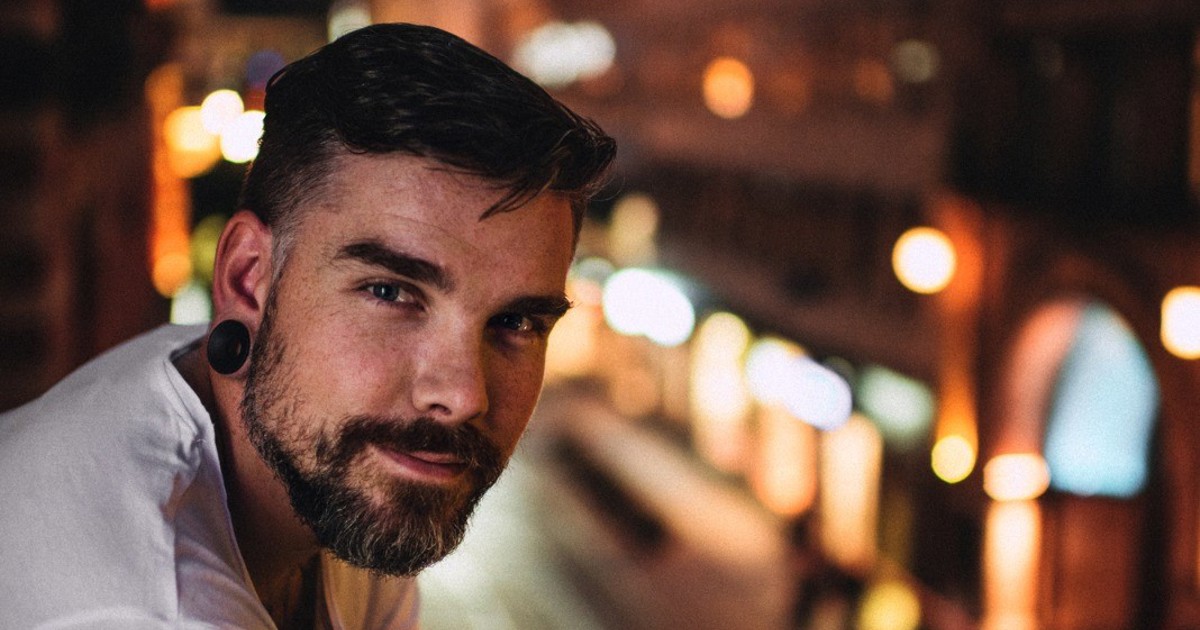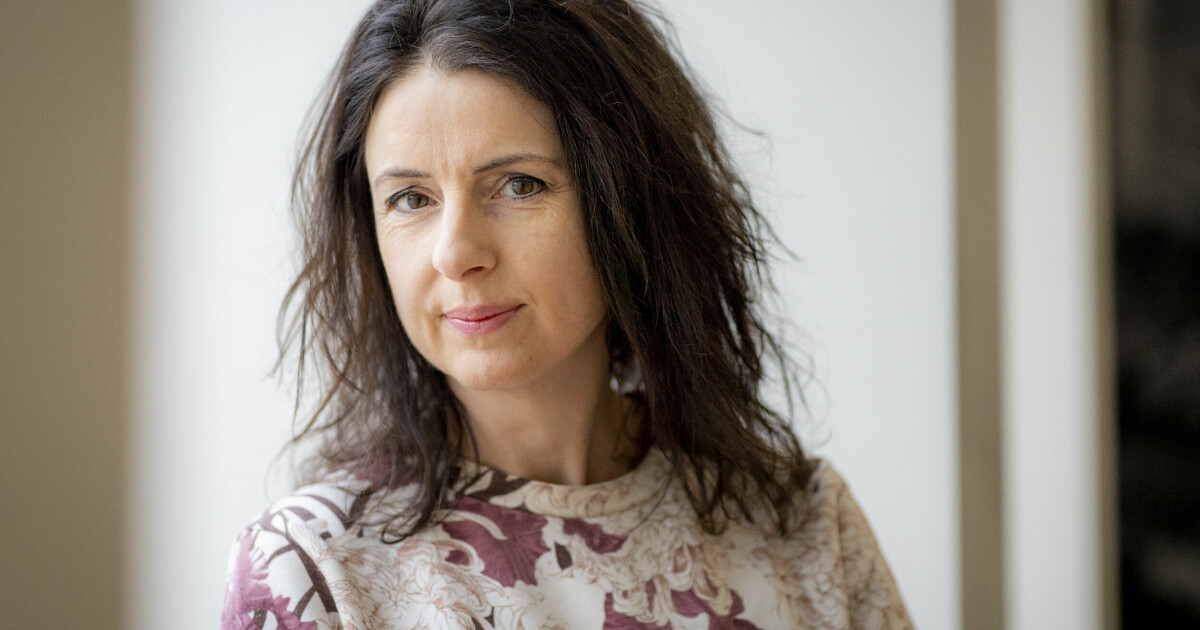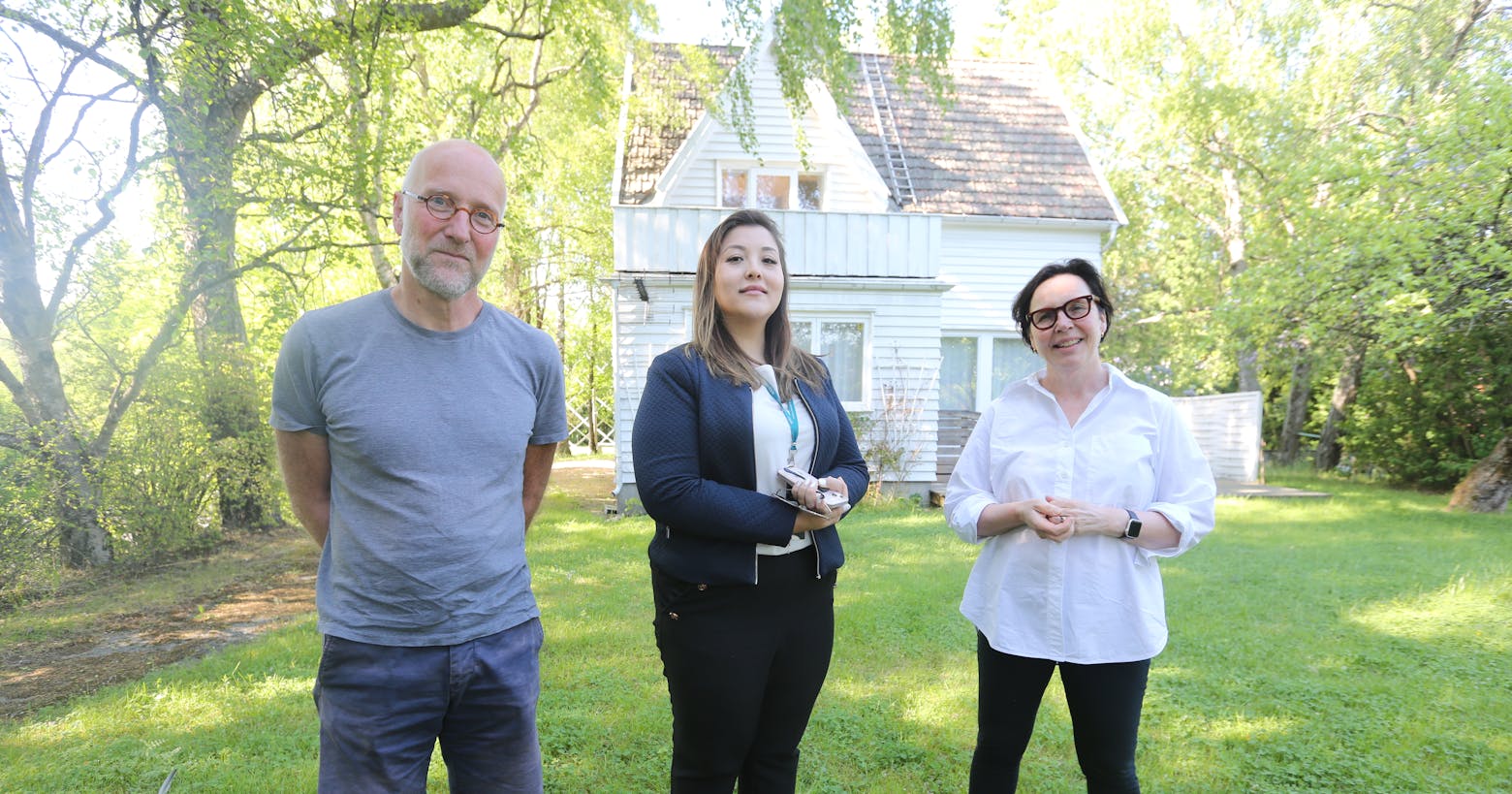In Sarah Williams Goldhagen’s groundbreaking work, Welcome to Your World, she emphasizes how important the built environment’s impact is on our health and well-being. Through in-depth research and global insight, Goldhagen argues that architecture and design have a much deeper impact on us than previously thought. It points out that we humans are closely connected to the environment around us, and that it affects our thoughts, feelings, and actions in many ways. The buildings and spaces around us can make it easier or more difficult for us to find our way around, and can influence the choices we make and how we behave.
Interior architecture, as Marian Brenna and Trond Ramsuskar point out, is constantly changing. With the need to adapt to changing societal trends and user preferences, the term is Well-being became relevant. This umbrella term, which can be translated to well-being and mental health, is strongly influenced by our physical surroundings.
Here light plays a crucial role. It shapes how a room is seen, emphasizes the design and creates an ambiance that directly affects our well-being. Concurrently with Norwegian Light Award, we can see concrete examples of outstanding lighting design, provided from all over the country. These projects demonstrate how innovative lighting solutions can improve aesthetics, functionality and human well-being in different environments.
Quite simply: everything around us – from the color of the walls to the way the rooms are arranged – has an effect on us. That’s why it’s so important that those who design and build our environments understand how to create places that make us happy, help us think clearly and make us feel good. Knowing that vision accounts for up to 70% of our sensory impressions, we realize that light plays a crucial role in all of our built environments.
Renate Brin highlights the urgent need for an architecture that truly meets human needs. In order to achieve this, interdisciplinary collaboration is crucial. Lighting designers who master user engagement in urban development should become an integral part of this discussion, and a natural part of future solutions. They contribute insight into how light affects us daily, especially when combined with insights into how our surroundings appear and guide us visually when we don’t have daylight to lean on.
UN Sustainable Development Goal 11 gives us important direction: cities must support good lives and facilitate economic and social development. But in many cities where growth outpaces the supply of jobs and housing, challenges are mounting. Visual experiences in urban spaces, where lighting design plays an important role, thus become of strategic importance for places and municipalities.
Citizen participation and local stabilization of projects are key to this. They are key factors in promoting democracy, well-being and sustainability in urban and regional development. This means that architects, interior designers and lighting designers must work together, so that buildings and rooms are not only aesthetically beautiful, but also functional and in tune with the needs of the users.
In short, it is time for interdisciplinary collaboration. Good lighting can transform a room, a building or an entire city, thus playing a central role in design and planning across scales. By prioritizing light in the design process, architects, interior designers and urban planners can work together to create environments that enhance luxury, function and aesthetic appeal.
In light of the next Kongsberg Vision Meeting Conference, which focuses on lighting design, and its theme is “Innovations in Lighting Design: How to Implement Research into Lighting Design Practice.” We’ve brought together many speakers from near and far, who will show us how we can more closely link research and practical use within lighting design today and tomorrow. We hope this will lead to exciting synergies and innovations that will shape future architecture and urban development. Through collaboration, we can create environments that match the needs and desires of residents, thus illuminating the future in the best possible way.

“Explorer. Unapologetic entrepreneur. Alcohol fanatic. Certified writer. Wannabe tv evangelist. Twitter fanatic. Student. Web scholar. Travel buff.”




